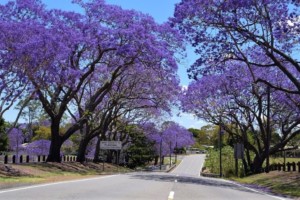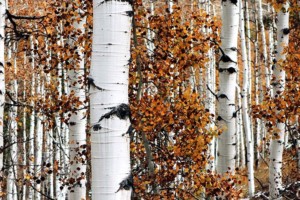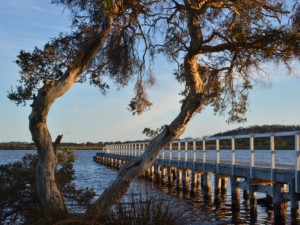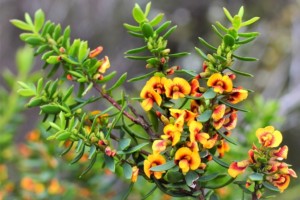Good news in tourism May 10 – 16, 2020
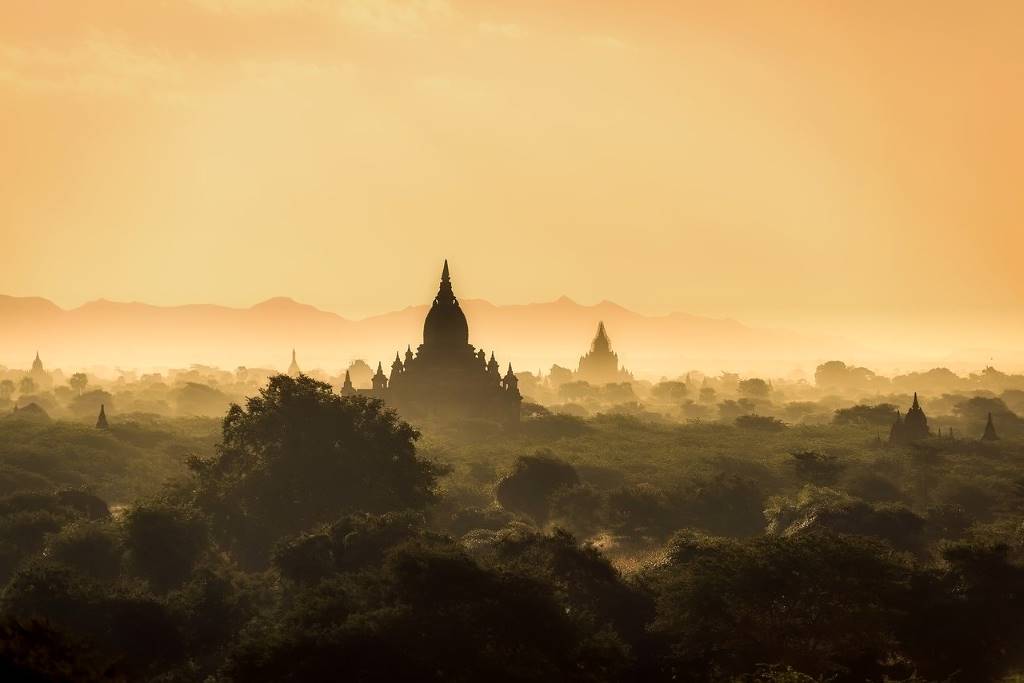
… because it’s everyone’s business!
Published Sunday to be ready Monday, “Good news in tourism” is the perfect pick-me-up for the start of a new week in travel & tourism. And go!
Important “Good Tourism” (“GT”) stuff first:
In a fresh “GT” Insight published on Tuesday, responsible tourism and economic development specialist Kevin Phun took a peek at the piscatorial proficiencies of the people of Penghu, Taiwan to discuss how the tangible and intangible should be considered interconnected when planning sustainable cultural heritage tourism attractions.
Khiri Reach, the charitable arm of new “GT” Partner Khiri Travel, is actively helping communities in Asia impacted by the COVID-19 crisis. According to Khiri Reach chief Nia Klatte, their “initial instinct” was to help people in marginalised communities, many of whom have had long-standing relationships with Khiri Travel; families, artisans, and community-based projects. For example, Khiri Reach has donated grocery packages to 250 families in Grandpass, a suburb of Colombo, Sri Lanka; and in Myanmar, Khiri staff are helping local volunteer groups set up two social enterprises: KuMel Volunteer Connection and Honeybee Arts & Crafts.
Yes, you read that correctly; a new “GT” Partner. Indeed “GT” has two new partners: Khiri Travel and Anurak Community Lodge. And that’s good news … So, join them! Partner with “GT”. (You know you want to.)
Rant alert. Scroll to next sub-heading to skip …
Meanwhile, despite the crisis facing the travel & tourism industry, there are still those among us who would ask prospective travellers dreaming of jumping on the next available flight to “check their privilege”, or words to that effect. Well, perhaps those who would ask such a thing should check their memories. Have they forgotten that at stake are livelihoods reliant on those who would follow their travel dreams; particularly the livelihoods of those in more … underprivileged … parts of the world?
“Check your privilege” … Seriously? That sentiment was wearing thin among reasonable, rational, compassionate people even before this health and economic crisis. The last thing our industry needs as we plan for recovery is prospective travellers not making travel plans for fear of feeling judged.
This still applies: It’s not “no”. It’s “know”.
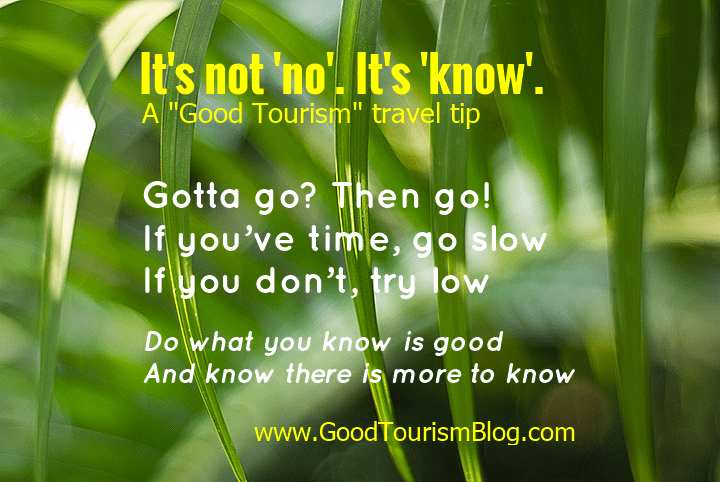
COVID ops in Australia and New Zealand
What happened elsewhere, as SARS-CoV‑2 took its grand tour of the world, informed Australia’s and New Zealand’s seemingly successful policy responses to it. (And, no small thing, Australian scientists are working on some of the most promising candidate vaccines against COVID-19.) So it would make sense, before rushing in, for destinations elsewhere to observe what Oz and NZ do as they take cautious measures to resuscitate their travel, tourism, and hospitality industries …
While a travel bubble between Australia and New Zealand may take weeks or even months to materialise, both countries are open to eventually including Pacific nations. The “tourism giant of the Pacific”, Fiji, is certainly keen. However, Pacific nations less dependent on tourism are also less interested in blowing bubbles prematurely.
New Zealand Tourism Minister Kelvin Davis announced a NZD400 million (USD240 million) “targeted Tourism Recovery Fund” which will include a domestic tourism campaign. “When forming this response package, my colleagues and I carefully considered feedback from industry. Initial, wide-ranging consultation identified a strong desire for a deep look at the future of tourism, but also significant short-term pressures.”
Western Australia Premier Mark McGowan said the state’s success in fighting the spread of coronavirus meant it was ready to “take the next step” from Monday (May 18). While the state border is to remain closed, the temporary intrastate borders will be reduced from 13 to four. Social gatherings of up to 20 people will be permitted, including dine-in service in restaurants and cafes provided they adhere to a four-square-metre-per-person density rule.
In South Australia, rural tourism operators recorded a surge in bookings after the state government encouraged intrastate travel to regional areas.
The state government of Victoria, Australia has announced a AUD150 million (USD96.5 million) fund for its “experience economy”; sport, tourism, and culture.
In Queensland, Australia, tourism recovery, according to Tourism Port Douglas Daintree, will happen in stages: regional drive, intrastate, interstate, and international. TPDD boss Tara Bennett says her team is working on collateral targeting regional markets interested in “food tourism, accessible travel, sustainability, business events and destination weddings”.
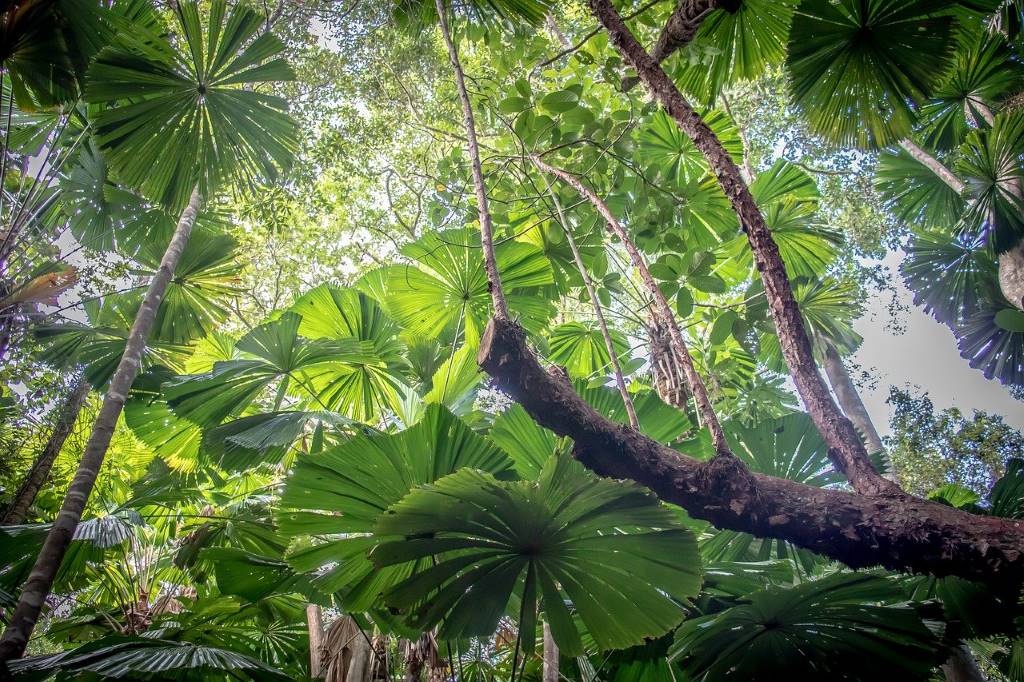
More COVID ops
Australia and New Zealand benefit from being prosperous island nations with relatively small populations that can presumably afford to take a cautious approach to reopening. Most of the rest of the world don’t have the same advantages and are talking about opening up faster. Some appear to be in a hurry; at least by the standards of policymaking in Oz and NZ.
Some 49 organisational members of the European Heritage Alliance launched a manifesto on May 9 calling for the urgent and collective mobilisation of “the transformational power of culture and cultural heritage to provide meaning and inspiration for Europe’s green and inclusive recovery”. The part entitled “Experiencing Europe” is all about tourism: “… we fully support the appeal for a major “EU tourism rescue plan” […] Tourism needs cultural heritage and cultural heritage needs tourism.”
Commenting on the manifesto, Chris Flynn, boss of “GT” Insight Partner the World Tourism Association for Culture & Heritage (WTACH) said: “We totally agree with the sentiment of the manifesto and would be keen to support any initiative that focuses on the role of tourism.” [Reminder: Register here for upcoming instalments of the webinar series “Keeping the Dream Alive”, which has been organised by WTACH to help travel & tourism through the COVID-19 crisis. Or listen to podcast recordings of past episodes.]
“What is good for the tourism industry is often good for the whole of France,” said Prime Minister Edouard Philippe on Thursday in a press conference announcing an EUR18 billion (USD19.4 billion) rescue plan for the sector.
The Association of Portuguese Travel Bloggers (ABVP) will help relaunch tourism in Portugal by taking members on trips to what ABVP President Filipe Morato Gomes describes as “so-called low-density territories, where the activity of small rural tourism businesses and restaurants has a great impact on local economies”. He says it is travel bloggers’ “humble contribution” to tourism recovery.
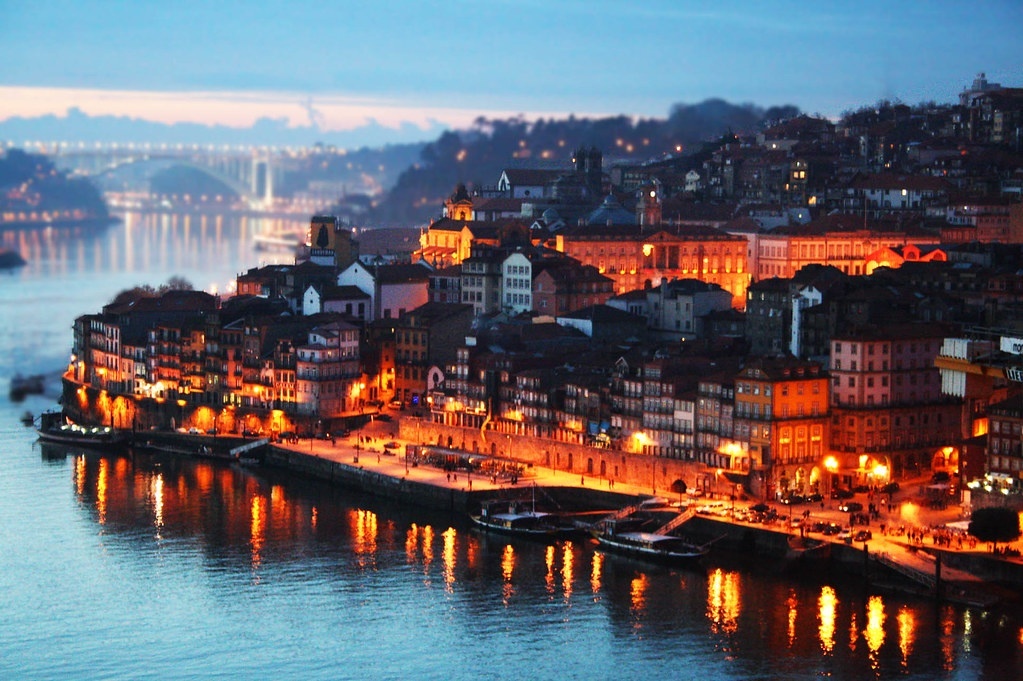
Meanwhile, as hotels in Portugal’s Algarve region reopen and bookings rise, Turismo de Portugal has introduced a seal of approval for operators that meet government hygiene standards. “In addition, the board is planning to hand out a special traveller’s pass allowing visitors to get tested for COVID-19 even before they begin their holidays.”
Tourism stakeholders on Malaysia’s tourism-dependent Langkawi Island have come up with packages aimed at attracting domestic travellers; “frontliners and civil servants” are a prime target. Emerging themes include longer visits and more cultural content to supplement the island’s natural beauty. Langkawi Development Authority (LADA) CEO Hezri Adnan said they would hold consultative meetings focused on solutions, not “moaning and groaning”.
In India, Kerala Tourism is looking to tap the potential of “unexplored” destinations in the state; as much for Keralites as for inbound markets. Kerala Tourism’s RT mission has created videos about these places along with their arts, cultures, and cuisines. Goa Tourism, meanwhile, has launched a state-wide survey of tourism stakeholders asking about the extent of their losses, current needs, and their expectations of government.
From June 1, Parks Canada and Environment & Climate Change Canada will “gradually resume some operations at selected national parks, national wildlife areas, national historic sites, historic waterways, and national marine conservation areas”.
An “Integrated Tourism Contingency Plan” is reportedly ready for the “possible opening” of tourism in Khyber Pakhtunkhwa, a northwestern province of Pakistan.
In the USA, 75% of respondents to a national survey reckon they will drive to their first post-lockdown destination. That’s why Wisconsin Tourism Secretary-designee Sara Meaney reckons her state benefits from being accessible by car and by having many outdoor attractions. “We are optimistic that with the right messaging and with the appropriate safety and health [guidelines] in place in our businesses and our destinations, we can very safely drive the rebound,” she said, pun intended.
Similarly, Citrus County Visitors Bureau boss John Pricher reckons his county is better positioned for recovery than most in Florida because of plenty of “outdoor activities such as boating, hiking and cycling that lend themselves to fewer crowds”.
In Clearwater, Florida more relaxed municipal regulations — from allowing banner signage and sandwich boards that announce reopenings to letting seating spill out into car parks to help restaurateurs maintain minimum physical distances — are all designed to help businesses bounce back, according to officials.
In Colorado, Breckenridge Tourism Office boss Lucy Kay reckons bookings are looking stronger for late July, August, and September. Her office is working on expanding its responsible tourism messaging to include content about masks and physical distancing.
Officials at the Grand Canyon National Park in Arizona say they are increasing access to some viewpoints, but commercial services and accommodation remain closed. “Visitors are being told to plan to be self-sufficient, bringing food, water and hand sanitizer.”
As evidenced by several other news items during the week, national and state parks all over the USA have already opened or are planning to open up to visitors. And why not? Vitamin D is good for you.

You can lead a horse to water …
To skip this opportunity, simply scroll down to the next subheading …
How about reflecting on your achievements, mistakes, and lessons learned; outlining your vision for the future of travel & tourism; telling the story of your “Good Tourism” journey, whatever “good” means to you; sharing your “GT” Insights? ← Opportunity.
Can’t write? Nonsense! Of course you can. And your correspondent will help you by proof-reading and lightly editing your “GT” Insight to ensure your happiness before it goes live. It’s all part of the “GT” service for “GT” Friends. ← ↑ Opportunity!
⇈ OPPORTUNITY! ⇈
Subscribe to “GT’s” weekly e‑news (it’s free) and follow “GT’s” various socials, such as its LinkedIn page. And if you find “GT” inspiring, interesting, somewhat amusing, or at least different then surely it’s worth a little something to you.
Please …
It would mean a big something to “GT”!
Thank you very much to those who have donated. 🙂 Note: Given “GT’s” propensity to rattle cages occasionally, your correspondent’s starting assumption is that donations should be kept private and confidential. If you are happy to be publicly acknowledged that would be brilliant. Simply let your correspondent know. Thanks!
Provincial potential
Provinces in northern Cambodia are potential ecotourism destinations that need “sustainable development with high responsibility”, according to Tourism Minister Thong Khon. Mondulkiri province in the north has identified 39 attractions including waterfalls, ethnic minority cultures, mountains, valleys, and wildlife sanctuaries that will be of interest to an inter-ministerial tourism planning committee.
Iran’s Cultural Heritage, Tourism & Handicrafts Minister Ali-Asghar Mounesan has identified the coastal Sistan-Baluchestan province as among his top tourism development priorities. “I consider it as a safe province with significant values in terms of culture, history, handicrafts, and tourism.”
Odds & ends
Good news bits ‘n pieces that don’t easily fit into this week’s arbitrary clusters:
An Association of Social Tourism has been established in Uzbekistan. “Among its main tasks are holding charity events for people with disabilities and children from poor families, helping to create conditions for travel of people with disabilities.”
Stay healthy, smile, and have a good week!
Featured image (top of post): Temples and the golden sun. Myanmar. By 12019 via Pixabay.
To help your correspondent keep his energy-efficient lights on, please consider a private one-off gift or ongoing donation. THANK YOU to those who have! <3
You are a tourism stakeholder — yes, YOU! — so what’s your view? Do you disagree with anything you have read on “GT”? Join the conversation. Comment below or share your “Good Tourism” Insights. Diversity of thought is welcome on The “Good Tourism” Blog.
Disclaimer 1: It is “GT’s” policy to fully disclose partner/sponsor content. If an item is not disclosed as partner or sponsor-related then it will have caught “GT’s” attention by some other more organic means. Partner with “GT”. You know you want to.
Disclaimer 2: None of the stories linked from this week’s post have been fact-checked by “GT”. All terminology used here is as the linked sources used it according to the knowledge and assumptions they have about it. Please comment below if you know there has been buzzword-washing or blatant nonsense relayed here, but be nice about it as the linked sources might get offended. (“GT” won’t.) And as for “GT” bringing it to your attention so that you might be the one to set the record straight, you are welcome! 🙂


